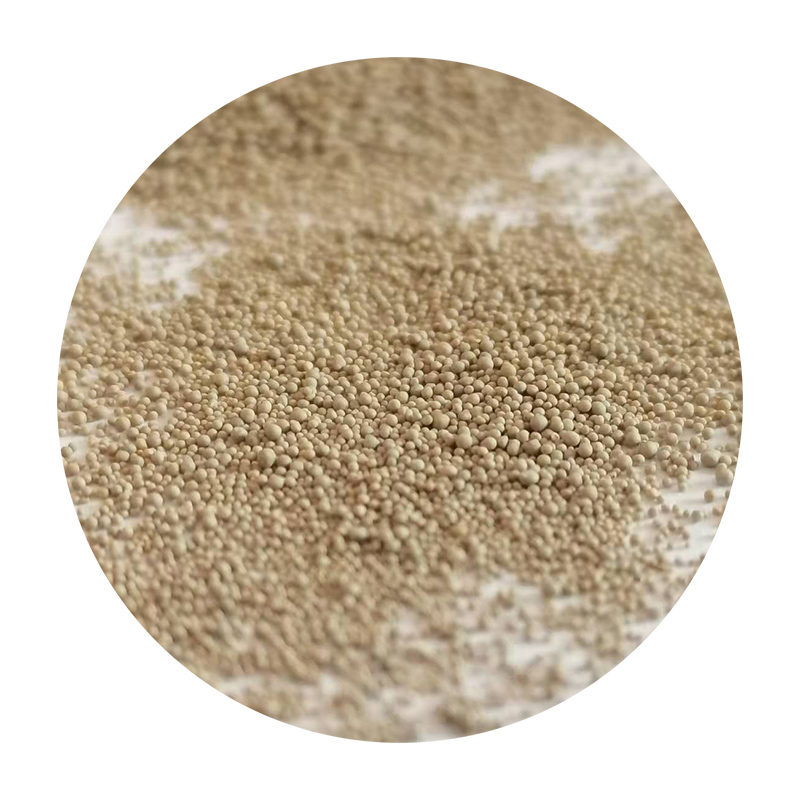Dry Sand Casting Process An Overview
Dry sand casting is a traditional metal casting process widely utilized in the manufacturing industry for producing intricate shapes and components. This method employs dry sand as a mold material, making it distinct from wet sand casting techniques. The dry sand casting process is favored for its adaptability, efficiency, and the quality of the castings produced, making it essential for various applications, from automotive to aerospace industries.
The Dry Sand Casting Process
The dry sand casting process begins with preparing the mold. Dry sand is mixed with a binder, typically a thermosetting resin, which provides the necessary strength and cohesion. The mixture is then packed into a mold frame, commonly referred to as a flask. The sand is compacted to create a solid mold that can withstand the weight and pressure of molten metal.
Once the mold is formed, it is baked in an oven to cure the binder, which enhances the mold’s hardness and thermal stability. This step is critical, as it ensures that the mold can maintain its shape during the pouring of the molten metal. The cured mold is then split into two halves, allowing for the removal of any patterns used in shaping the cavity. Afterward, the two halves are reassembled, and the necessary pouring and ventilation channels are created to facilitate the pouring of metal and the escape of gases.
Pouring and Cooling
The next phase involves melting the chosen metal, which can vary depending on the application—common choices include aluminum, copper, and iron. Once the metal reaches the appropriate temperature, it is poured into the mold cavity through the designated gating system. The design of the gating system is crucial, as it influences the flow and cooling rate of the metal, ultimately affecting the quality of the final casting.
After pouring, the mold is allowed to cool, enabling the metal to solidify. The cooling time depends on various factors, such as the thickness of the casting and the material used. Once the metal has cooled sufficiently, the mold is carefully disassembled, revealing the solidified casting.
dry sand casting process

Advantages of Dry Sand Casting
Dry sand casting offers several advantages over other casting methods. One of the primary benefits is the ability to produce high-precision components with excellent surface finishes. The use of dry sand enables finer details to be captured, making it ideal for intricate designs. Additionally, the mechanical properties of castings produced through this process are often superior due to the enhanced mold strength.
Another significant advantage is the reusability of mold materials. The dry sand can often be reused multiple times after proper reclamation processes, leading to reduced material costs and less environmental impact. Furthermore, the relatively simple setup and operational procedures make dry sand casting a cost-effective solution for both small and large-scale production.
Applications
Dry sand casting is prevalent across various industries. In the automotive sector, components such as engine blocks and transmission cases are often produced using this method. Similarly, the aerospace industry utilizes dry sand casting to manufacture lightweight, high-strength parts, ensuring safety and performance. Other applications include industrial machinery, decorative items, and artistic sculptures, showcasing the versatility of dry sand casting.
Conclusion
In conclusion, dry sand casting is a vital manufacturing process that combines traditional techniques with modern materials and technologies. Its ability to produce high-quality, precise components while being cost-effective makes it an enduring choice for manufacturers. As industries continue to evolve, the dry sand casting process will undoubtedly remain a key player in the field of metal casting.
Post time:Dic . 26, 2024 10:34
Next:Sanding Techniques for Perfectly Finished Ceramic Mugs
